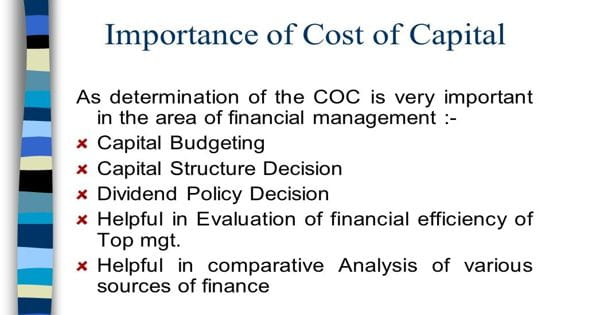Inflation accounting comprises a range of accounting models designed to correct problems arising from historical cost accounting in the presence of high inflation and hyperinflation. It is a special technique used to factor in the impact of soaring or plummeting costs of goods in some regions of the world have on the reported figures of international companies. For example, in countries experiencing hyperinflation the International Accounting Standards Board requires corporations to implement financial capital maintenance in units of constant purchasing power in terms of the monthly published Consumer Price Index. This does not result in capital maintenance in units of constant purchasing power since that can only be achieved in terms of a daily index.
Generally, there are 2 types of inflation accounting methods –
- Current Purchasing Power – This technique involves the adjustment of the financial statements to the current price changes. Under this method, the monetary, as well as the non-monetary items, are separated with monetary items recording only a net gain or loss, whereas the non-monetary items will be updated into figures with a certain conversion factor that is equivalent to a certain price index. It involves recalculating the historical financial figures of the company at the current purchasing power which is done by applying a certain conversion factor.
- Current Cost Accounting – Under this method, the assets are valued at their fair market value (FMV) rather than at their historical cost which was recorded during the purchase of the fixed asset. Under this method, the cost categories and the various cost items and the items in the balance sheet are shown at the current cost rather than the historical cost and the profit is determined on the actual cost period and not on the basis of the sales.
The following are some of the objectives of Inflation Accounting:
- To remove the various distortions with which financial statements based on historical costs suffer.
- To provide for more meaningful inter-period comparison.
- To improve the meaning and measurement of income and expenses in the face of changing the purchasing power of money.
- To improve decision making in the organization.
Advantage:
By converting figures of financial statements at current prices the statements become more relevant to the current economic and financial conditions.
Disadvantage:
The price level is the general price level and not for individual items. Also, the depreciation charged might not be adequate for replacing all types of assets.
















